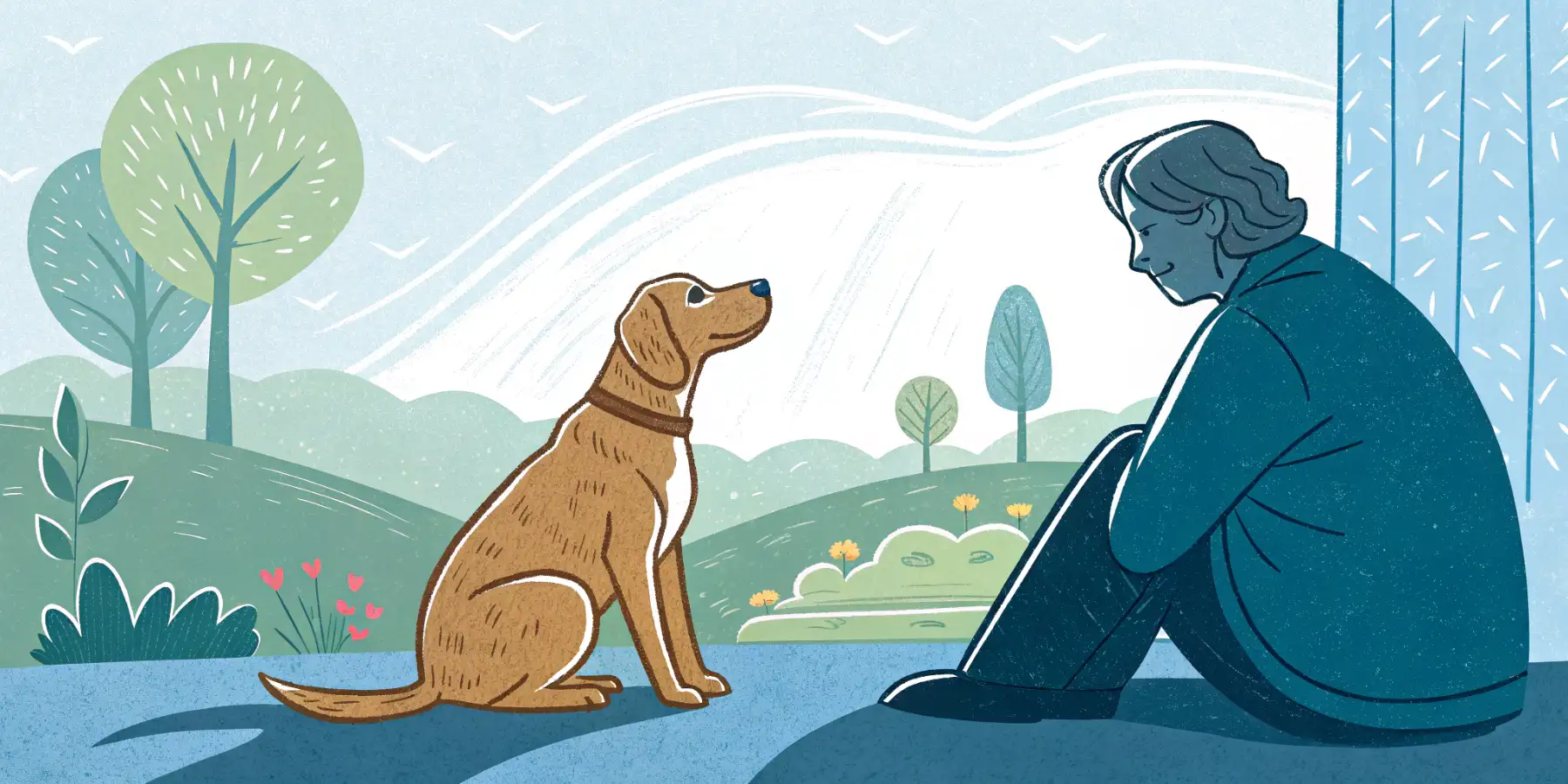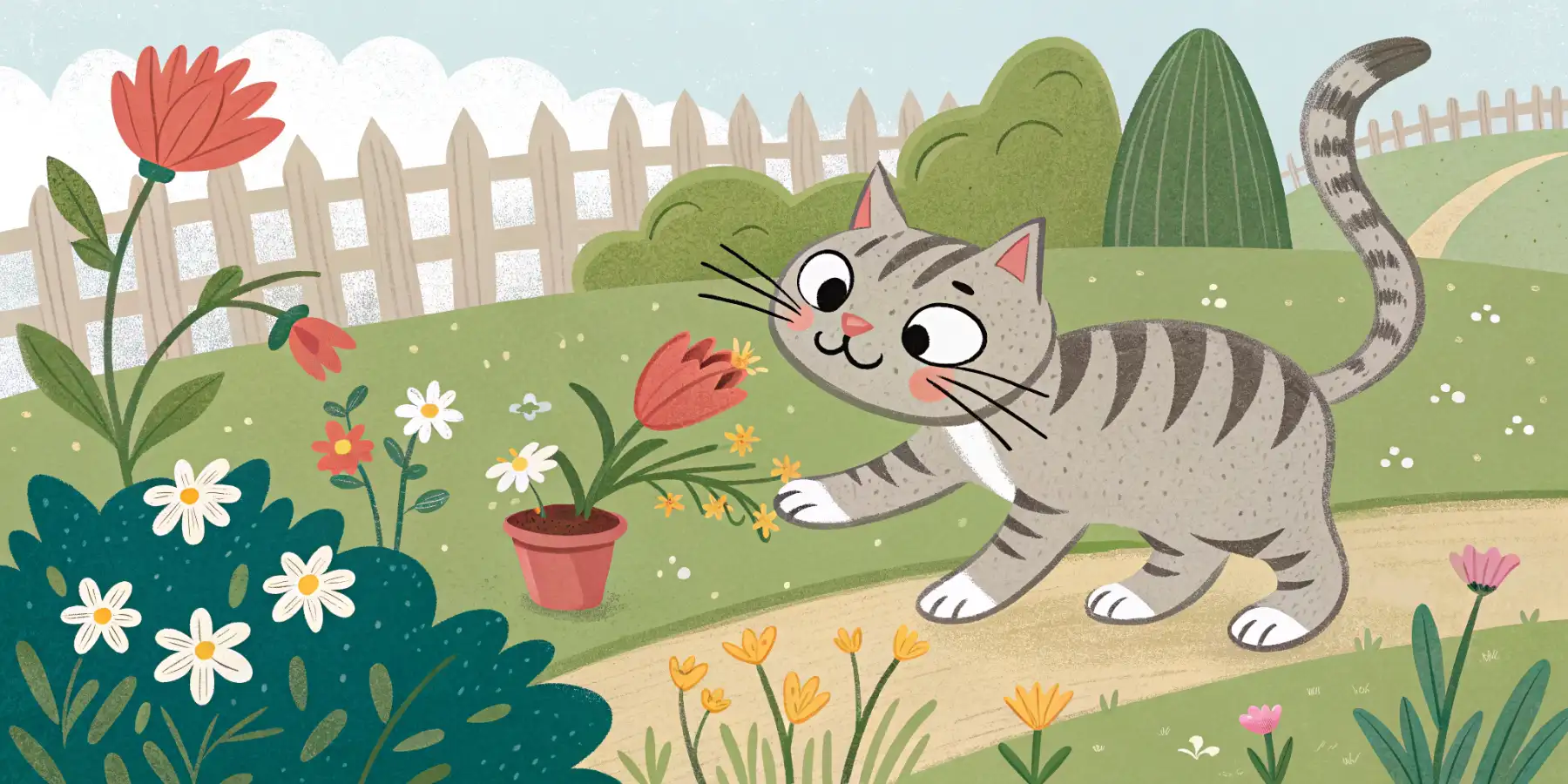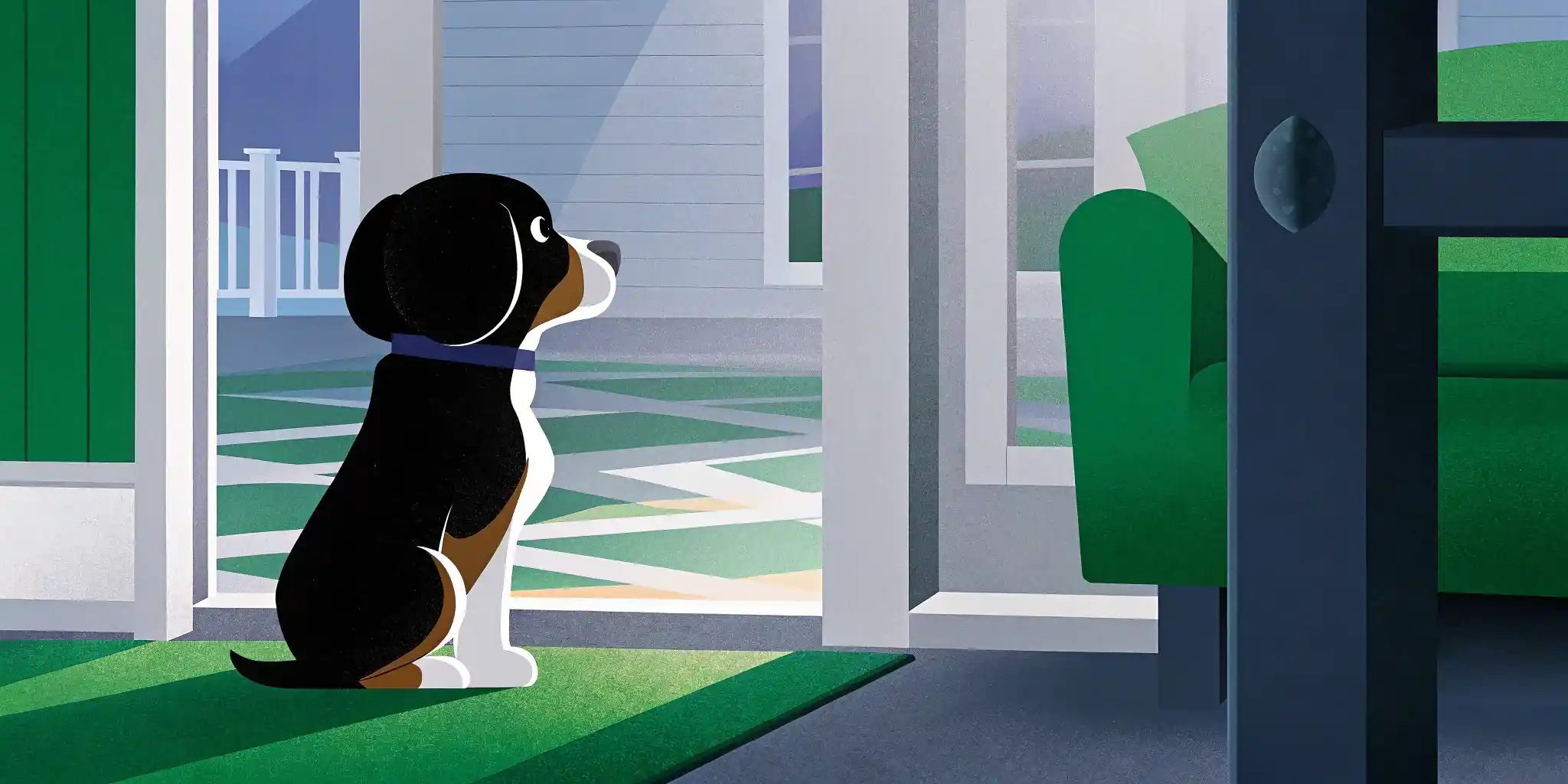
Potty Training Puppy: Your Easy Step-by-Step Guide
Potty training puppy woes? Our step-by-step guide makes house training easy & stress-free! Click for tips & a happy, accident-free home!
House Training Your Puppy: A Step-by-Step Guide to Success
Bringing a new puppy home is one of life’s greatest joys. Those tiny paws, the playful nips, and the unconditional love – it’s all incredibly rewarding. But let’s be honest, the initial weeks, especially the house-training phase, can also be challenging. Believe me, I’ve seen it all in my years working alongside veterinarians: ecstatic new owners quickly followed by exasperated calls about accidents on the rug. But fear not! With patience, consistency, and this comprehensive guide, you can successfully house train your puppy and establish a happy, clean home.
Understanding Your Puppy’s Needs
First and foremost, understand that puppies don’t have full bladder and bowel control right away. They’re just like human babies in that regard. A general rule of thumb is that a puppy can hold it for roughly one hour per month of age. So, a two-month-old puppy might only be able to hold it for about two hours. This means frequent potty breaks are essential, especially in the beginning.
Also, recognize that puppies often need to eliminate after waking up, after playing, and after eating. These are key times to take them outside. It’s not just about bladder control either; successful puppy potty training hinges on understanding their natural rhythms and needs.
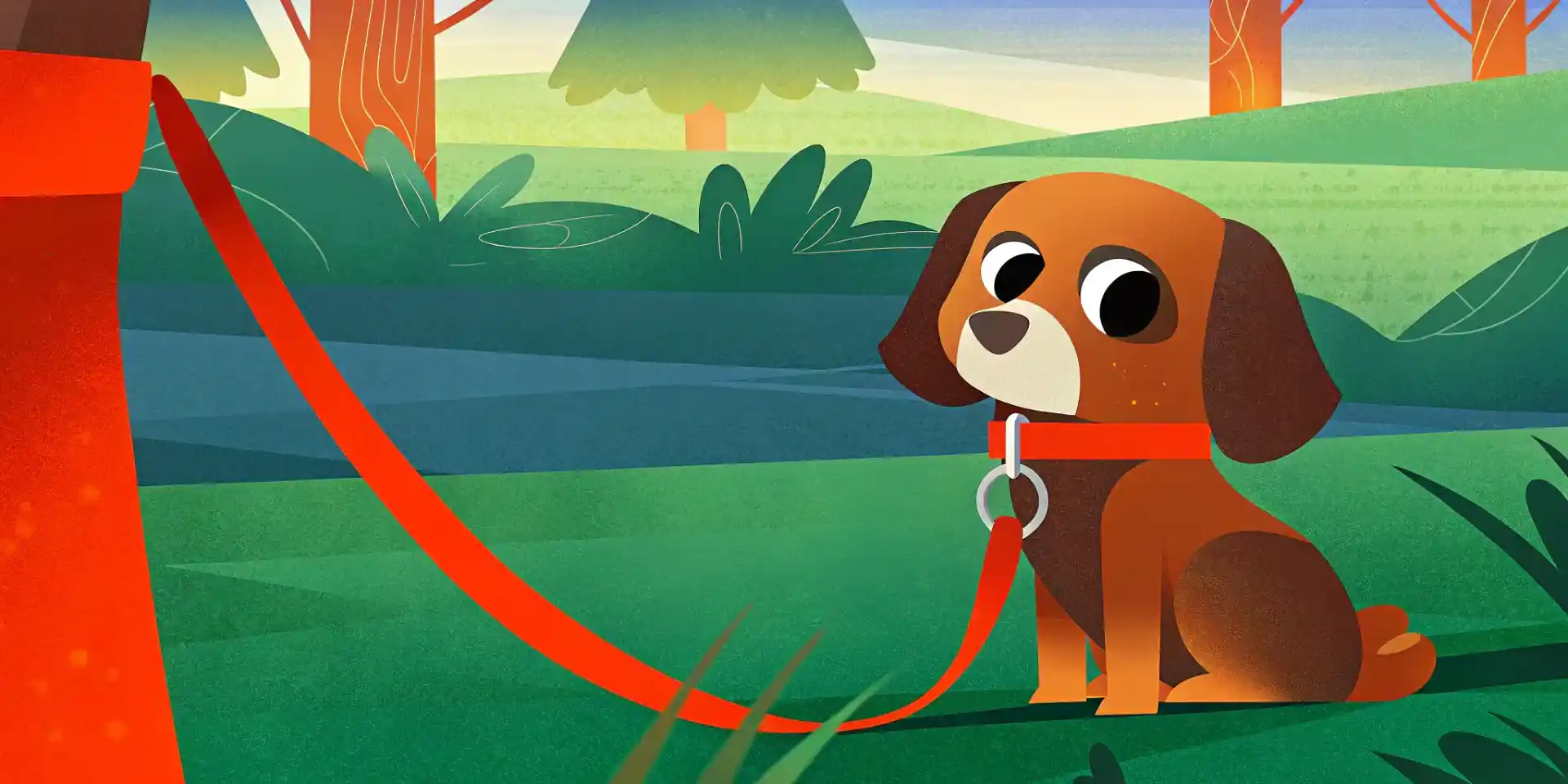 An adorable puppy wearing a training collar enjoys the fresh air, emphasizing the positive aspects of outdoor potty breaks.
An adorable puppy wearing a training collar enjoys the fresh air, emphasizing the positive aspects of outdoor potty breaks.
Establishing a Routine
Consistency is key to effective house training puppies. Create a schedule and stick to it as closely as possible.
- Morning Potty Break: First thing in the morning, even before you have your coffee.
- After Meals: Take your puppy out immediately after breakfast, lunch, and dinner.
- After Naps: Puppies often need to go after waking up from a nap.
- After Playtime: Excitement can lead to accidents.
- Before Bedtime: A final potty break before everyone settles in for the night.
In my experience, establishing this predictable routine minimizes accidents and helps your puppy understand what’s expected of them.
Choosing a Potty Spot
Designate a specific area in your yard as your puppy’s “potty spot.” This could be a grassy area, a patch of gravel, or even a designated spot on your patio. Take your puppy to this spot on a leash every time you go outside for a potty break. The consistent scent will help them associate the area with elimination.
When your puppy eliminates in the designated spot, praise them enthusiastically and offer a small treat. Use a specific phrase like “Go potty!” or “Do your business!” – this will eventually become a command they understand.
Recognizing the Signs
Learn to recognize the signs that your puppy needs to go potty. These can include:
- Whining
- Scratching at the door
- Circling
- Squatting
- Restlessness
If you see any of these signs, immediately take your puppy outside to their designated potty spot. Quickly reacting to puppy potty signs can prevent accidents in the house.
Dealing with Accidents
Accidents happen, especially during the initial stages of house training. It’s crucial to remember to never punish your puppy for having an accident. This will only make them fearful and less likely to eliminate in front of you.
If you catch your puppy in the act of having an accident indoors, interrupt them with a firm “No!” and immediately take them outside to their potty spot. If they finish eliminating outside, praise them and offer a treat.
Clean up accidents thoroughly with an enzymatic cleaner designed to eliminate pet odors. This will prevent your puppy from being attracted to the same spot again. Avoid using ammonia-based cleaners, as they can smell similar to urine and encourage repeat offenses.
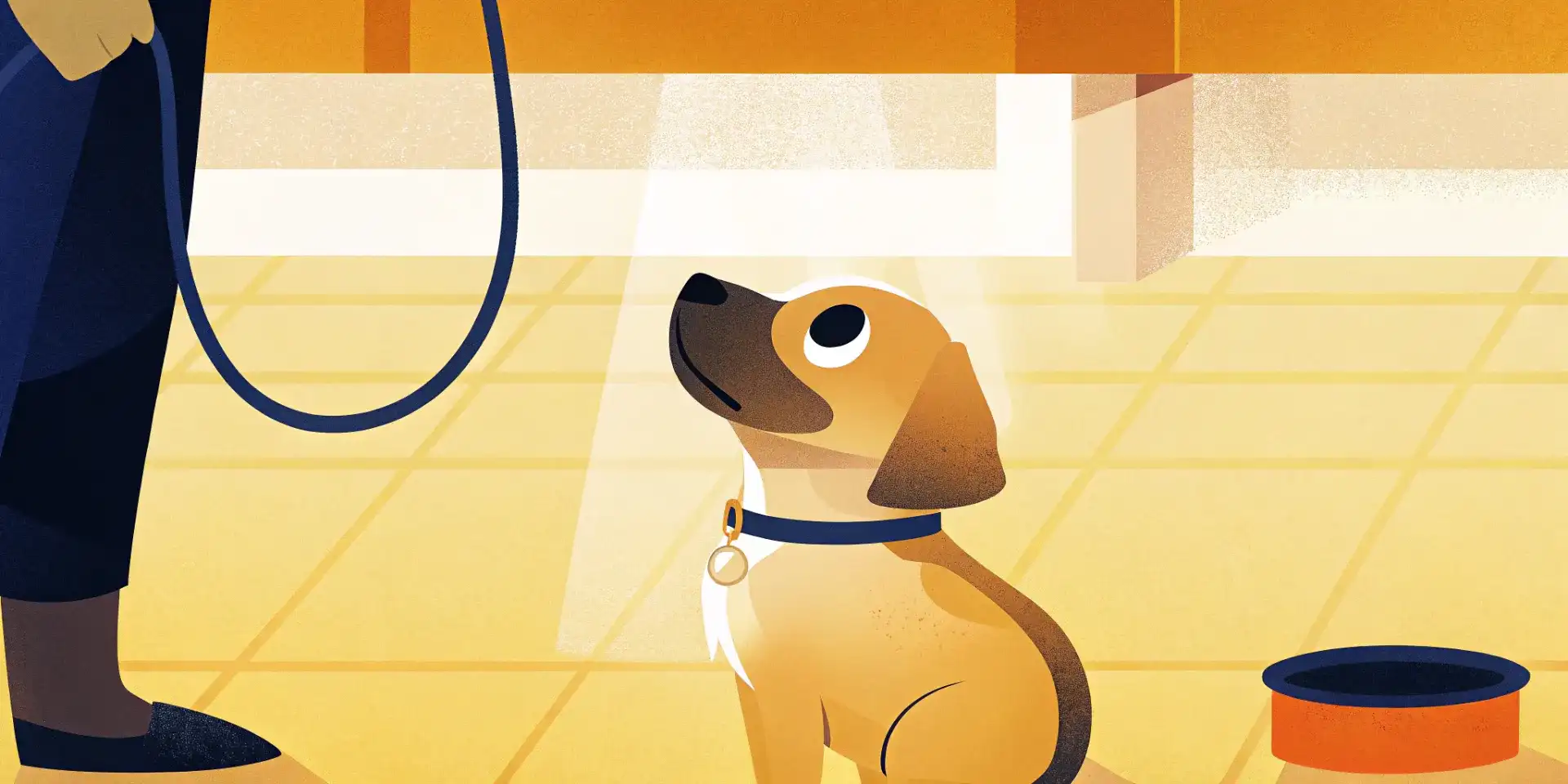 A puppy looks up at its owner hopefully, demonstrating the importance of positive reinforcement during training.
A puppy looks up at its owner hopefully, demonstrating the importance of positive reinforcement during training.
Crate Training as an Aid
Crate training can be a valuable tool in house training. Dogs are den animals by nature, and a crate can provide a safe and secure space for your puppy. Most dogs will avoid eliminating in their crate, which can help to reinforce their bladder and bowel control.
Never use the crate as punishment. Introduce the crate gradually and make it a positive experience. Feed your puppy meals in the crate, and provide them with toys and comfortable bedding.
When to Seek Professional Help
If you’re struggling with house training despite your best efforts, don’t hesitate to seek professional help. A certified dog trainer or veterinary behaviorist can identify underlying issues that may be contributing to the problem and provide personalized guidance. It’s especially important to seek professional help if your puppy is experiencing frequent accidents despite being house trained, as this could indicate a medical issue. Seeking help for persistent puppy accidents is crucial for their well-being.
 A veterinarian examines a puppy, emphasizing the importance of regular checkups during the training process.
A veterinarian examines a puppy, emphasizing the importance of regular checkups during the training process.
Patience and Persistence: The Keys to Success
House training takes time and patience. There will be good days and bad days. Don’t get discouraged if your puppy has an accident. Just clean it up, reassess your approach, and keep moving forward. With consistency and positive reinforcement, you can successfully house train your puppy and enjoy a clean and happy home together. I believe that building a strong bond through positive reinforcement and consistent training creates a happier, more confident dog in the long run. Remember, the journey is just as rewarding as the destination! And when you finally see your puppy confidently heading to their designated potty spot, you’ll know all the effort was worth it.

